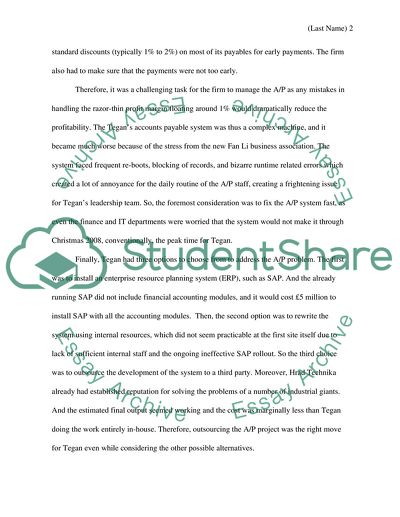Cite this document
(Tegan CCC and Hrad Technika Case Study Example | Topics and Well Written Essays - 1500 words, n.d.)
Tegan CCC and Hrad Technika Case Study Example | Topics and Well Written Essays - 1500 words. Retrieved from https://studentshare.org/information-technology/1760728-tegan-case
Tegan CCC and Hrad Technika Case Study Example | Topics and Well Written Essays - 1500 words. Retrieved from https://studentshare.org/information-technology/1760728-tegan-case
(Tegan CCC and Hrad Technika Case Study Example | Topics and Well Written Essays - 1500 Words)
Tegan CCC and Hrad Technika Case Study Example | Topics and Well Written Essays - 1500 Words. https://studentshare.org/information-technology/1760728-tegan-case.
Tegan CCC and Hrad Technika Case Study Example | Topics and Well Written Essays - 1500 Words. https://studentshare.org/information-technology/1760728-tegan-case.
“Tegan CCC and Hrad Technika Case Study Example | Topics and Well Written Essays - 1500 Words”, n.d. https://studentshare.org/information-technology/1760728-tegan-case.


